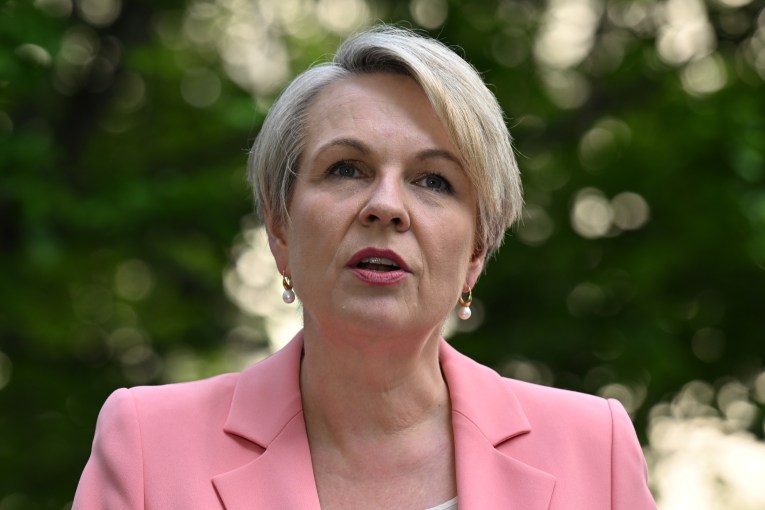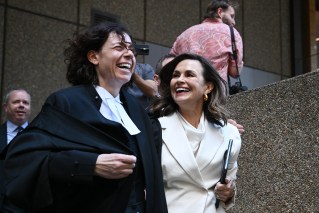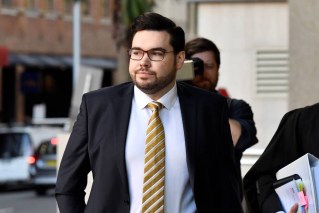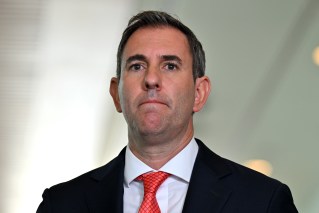Jobless rate jumps to 6.3 per cent for November

Australia’s unemployment rate jumped to 6.3, the highest rate in 12 years in November despite a rise in the number of people in work.
The figure had been widely predicted and demonstrates an upward trend in unemployment.
The ABS reported the number of people employed increased by 42,700 to 11,637,400 in November 2014 but most of those jobs were part time with total full time employment rose by only 1800.
Full time employment totals 8.06 million and part time is up 40,800 to 3.05 million.
More people did not have as much work as they would like with the underemployment rate at 8.6 per cent in November an increase of 0.3 percentage points.
The news will not help the flagging spirits of consumers with the latest figures showing confidence slumping to its lowest level since August 2011.
• Consumers most pessimistic in three years
• Government pledges to climate fund
The Westpac-Melbourne Institute consumer sentiment index tumbled a further 5.7 per cent in December, in what the bank’s chief economist, Bill Evans, described as a “very disturbing” result.
“Respondents are clearly concerned about the outlook for the economy and job security,” he said when releasing the report on Wednesday.
There was also “disillusionment” about the May budget.
The rise in unemployment also reflects recent reports of weaker business confidence and business conditions with many economists predicting another interest rate cuts in coming months.
Bank of America Merrill Lynch economists Saul Eslake predicts the jobless rate to climb to 6.75 per cent over the next 12 months.
There was a mixed picture across the states with NSW jobless rate up to six per cent in November from 5.8 per cent.
The rate was unchanged in Victoria at 6.8 per cent and in Tasmania at 6.9 per cent.
In Western Australia, which has benefited most from the now disappearing mining boom the figure rose slightly to 5.2 per cent from 5.1 per cent.
In Queensland unemployment fell to 6.9 per cent from 7.1 per cent and South Australia it fell to 6.6 per cent from 6.7 per cent.
Currency markets seemed buoyed by the figures with the Australian dollar rising from US83.49c prior to the announcement to US83.61c afterwards.








